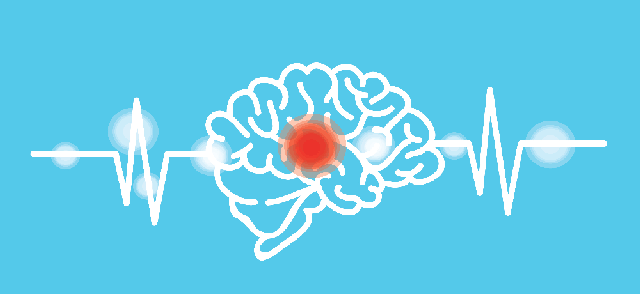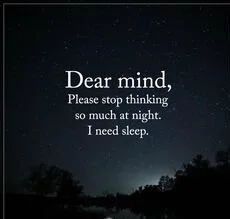My stroke story (Part 1)
An ischaemic stroke is when the blood supply to your brain is blocked by a blood clot or clump of fat. This starves the brain of the oxygen and nutrients it needs, which damages brain cells. The sooner treatment is given for an ischaemic stroke, the less damage is likely to happen.
Types of ischaemic stroke
There are different types of stroke. This post is about ischaemic stroke.
Ischaemic stroke is the most common type – about 85 people out of every 100 who have a stroke have this type. And there are two different ways that it can happen.
My stroke
Cerebral embolism (also known as an embolic stroke). This is when a blood clot forms somewhere else in the body and travels to the brain and blocks the blood supply. The clot usually forms in the heart or one of the large arteries that supplies blood to the brain.
Symptoms of ischaemic stroke
The symptoms of an ischaemic stroke usually come on suddenly, within seconds or minutes. Sometimes the person can have a transient ischaemic attack (TIA) before a full blown stroke.
At the time, I was preparing for my wedding when I had my first TIA.
It’s vital that you can recognise if you are having a stroke; so, you can get immediate treatment! A good way to remember the signs of one is to use the ‘FAST’ test.
Face. If you’ve had a stroke, your face may feel weak and you won't be able to smile. Your mouth or eye may droop down, usually just on one side.
Arm. You won't be able to raise your arm and hold it there.
Speech. You may have slurred speech or find it difficult to remember the names of common objects.
Time to call 999. If you have one or more of these symptoms, or you see them in anyone else, get emergency help straightaway.
Other symptoms of an ischaemic stroke depend on where in the brain the blood supply is blocked. This is because different areas of the brain control different parts of the body and all get its blood supply through different arteries. Symptoms may include:
feeling weak or numb on one side of your body
a headache
feeling dizzy or unsteady
feeling sick
a sore neck or face
double vision – or difficulty seeing at all
feeling confused
Diagnosis of ischaemic stroke
When you get to the hospital, some tests are done immediately to find out what type of stroke you may have had and how your brain is affected. This will help your doctor to plan the next stages of the treatment.
These include:
a brain scan, such as a computerised tomography (CT) or magnetic resonance imaging (MRI) scan
an electrocardiogram (ECG) to record the rhythm and electrical activity of the heart
blood tests to measure blood pressure, cholesterol and blood sugar levels, and to check on possible blood clots
an ultrasound scan of the carotid arteries in the neck
an angiogram, to help see the blood supply to the brain in more detail
Treatment of ischaemic stroke
In my case, I was treated in the specialist stroke unit at several hospitals (Norwich & Norfolk Hospital, Leeds Hospital, Airedale Hospital in Skipton).
I don’t have any memories of the couple of harrowing days my family have mentioned but once I regained some sense of what was happening, I couldn’t move, speak or even swallow. I was given fluids through a drip in my arm, to stop me from getting dehydrated. I also had a tube through the nose to administer nutrients and medicines. I remember being given oxygen through a face mask to help me breathe.
The nurses and other hospital staff were great, they had to help me to sit up and encouraged me to move as much as I could. For the most part at that point, I couldn’t do anything, so, they had to regularly help me turn in my bed, to reduce the risk of bed sores and deep vein thrombosis (DVT). I was also given a mechanical pump to use on my feet and legs called an intermittent compression device. The pump automatically squeezed my feet and lower legs to help keep the blood moving to prevent any further blood clots from forming.




















